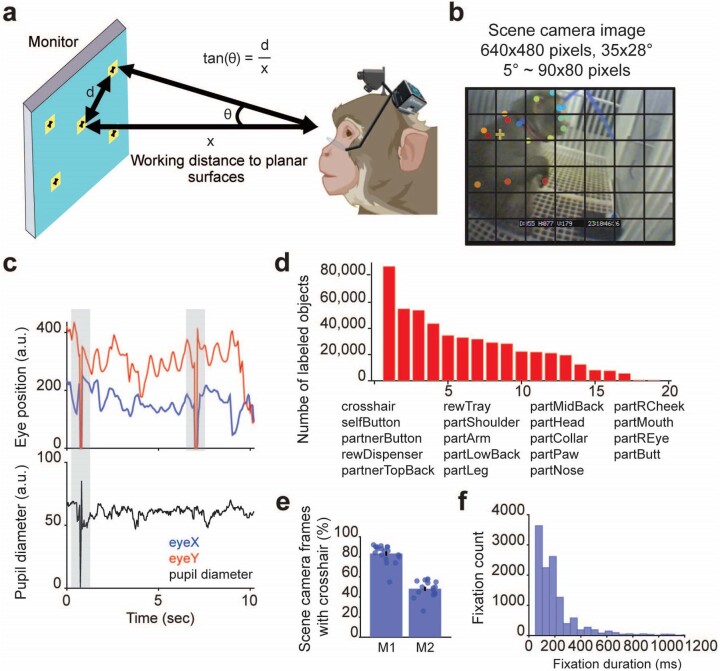Extended Data Fig. 1. Wireless eye tracking methods and fixation statistics.
a, Eye tracking calibration procedure. As the animal views five points on a monitor, this information is entered into the program (ISCAN Inc.), which projects a crosshair indicating the animal’s point of gaze onto scene camera frames. b, Using the equation in panel a, pixel space of the scene camera is converted to degrees to identify when objects in the scene camera frames are within the receptive fields of neurons. Here, the animal’s shoulder and upper arm are within receptive fields. c, Raw traces of eye x and y coordinates, and pupil diameter recorded with the wireless eye tracker. The zero values at 1 second are due to a blink, while the zero values of x and y coordinates at 7 seconds are due to the animal viewing an object located out of the field of view captured by the scene camera. d, Number of objects (sorted) that DeepLabCut labeled in the scene camera frames from one session. e, Session-averaged percentage of scene camera frames out of total recorded that contained the crosshair for each monkey. M1: 2382652 frames labeled out of 2844338 total frames. M2: 1158612 frames labeled out of 2421325 total frames. Each circle is the percentage of crosshair labeled frames for each session. f, Histogram of fixation durations from one representative session that consisted of 12,378 fixations. 70% of the fixations were 200 ms duration or less. Illustrations in a were created using BioRender.

